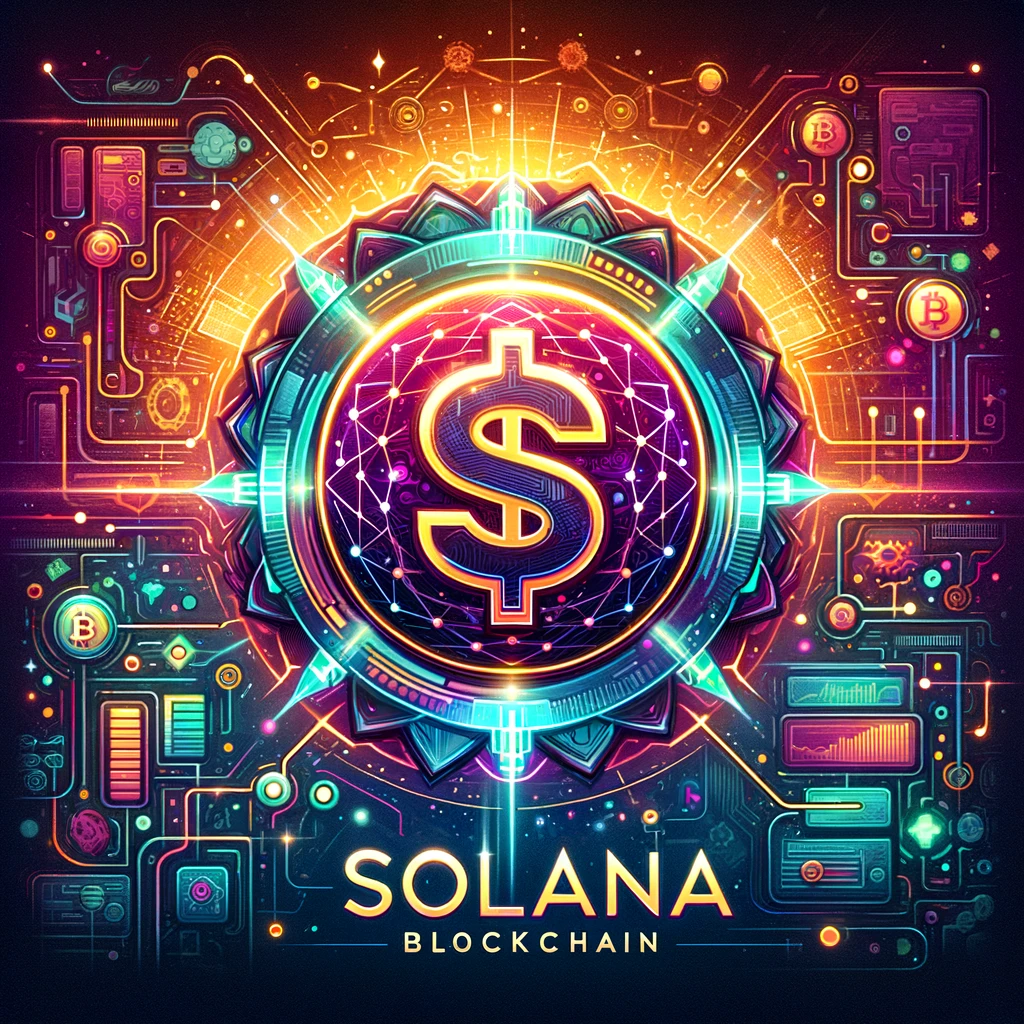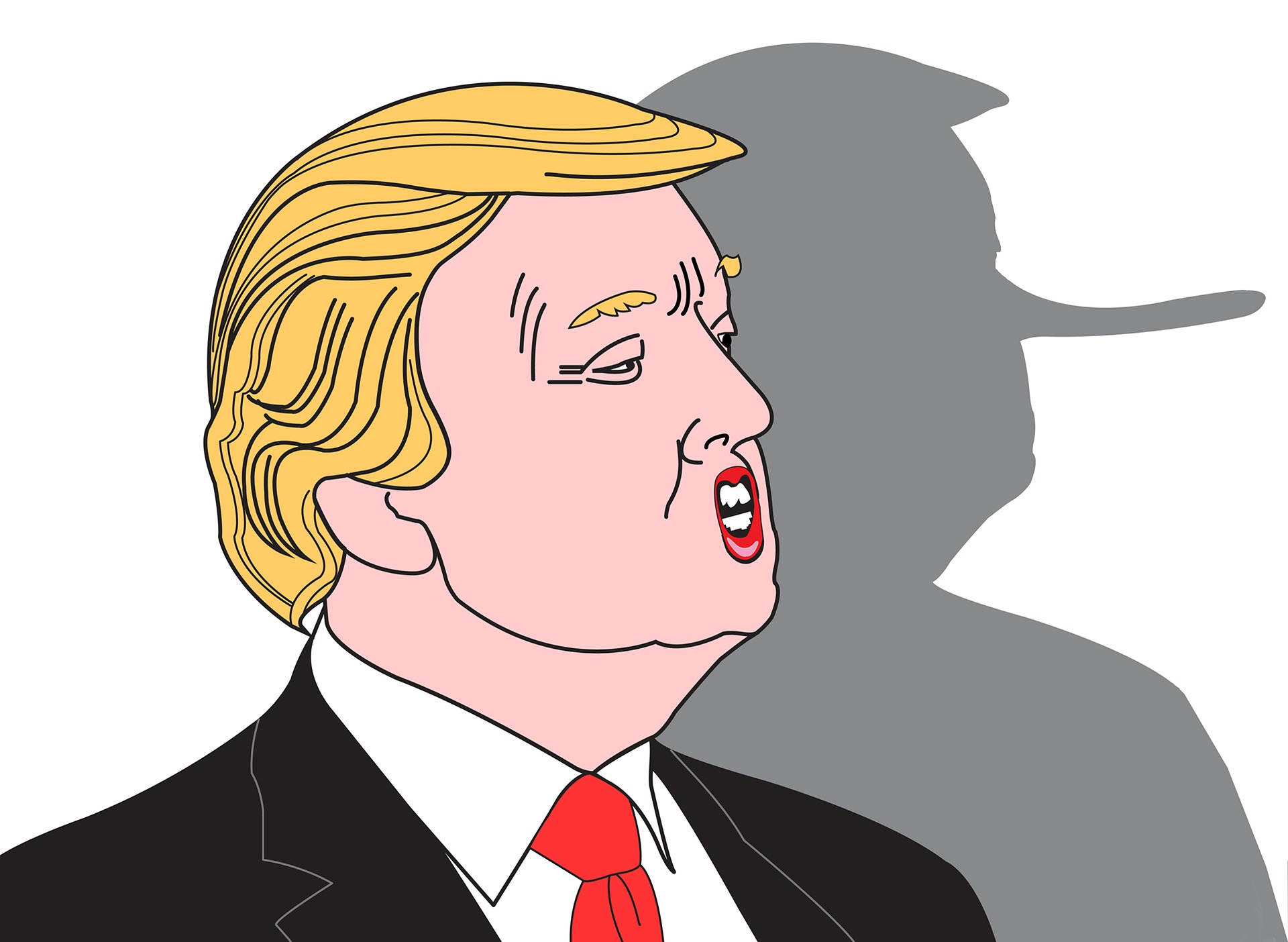Coinweb is being talked about in the crypto market after getting funding from some of the world’s most prominent venture capitalists, such as Kucoin Labs and Shima Capital.
With Kucoin Labs, CWEB Coins are now available for trading on Kucoin. CWEB is also available for trading on Uniswap, Bittrex, MEXC, Bitmart, and Gate.io, which is also why this coin is being discussed.
What is Coinweb?
For those who don’t know Coinweb, this project has a network that stands on several networks. It is Blockchain Agnostic or can stand on several distributed ledger networks with various technologies.

Coinweb’s goal is to solve the problems in today’s standard blockchains: scalability and interoperability issues.
This goal is realized by making it easier to issue or move intelligent contracts and decentralized applications without going through various consensus mechanism processes and without the need for bridges.
This is because Coinweb does not use its consensus mechanism but the consensus mechanism of the first layer blockchain that underlies the transactions that occur on Coinweb.
Coinweb intends to be a network that wants low transaction fees but high speed and security, reaching speeds of up to millions of transactions per second.
Coinweb is a ledger network with a different mechanism from Blockchain or other networks.
Coinweb is a blockchain infrastructure supported by multiple blockchains. In essence, a developer can issue intelligent contracts on the Coinweb network as well as issue and operate on various underlying blockchains simultaneously.
Because it can stand on each of the underlying blockchains, Coinweb does not need a consensus mechanism to move intelligent contracts to another blockchain.
So the consensus mechanism depends entirely on the underlying Blockchain; computing is done outside the network or off-chain.
This is similar to a roll-up, which uses “sharding” technology, i.e. splitting the database horizontally to spread the load of the underlying blockchain network, to take the burdensome computations off the Blockchain so they can focus on reaching consensus and validation.
These conditions also make speed and security vary depending on the underlying network.
The entire network moves into one to make transactions smooth for high speed but not at the expense of security.
So when it comes to issuing an intelligent contract or transaction, a developer can publish directly on Coinweb and gain access to some of the underlying blockchains and their security.
Four blockchains have been connected to Coinweb: Bitcoin, Ethereum, Bitcoin Cash, and Litecoin.
Developers or network users can move transactions from one Blockchain to another among the four blockchains with the help of Coinweb through an easy and fast process.
Who is the Founder of Coinweb?
Its two founders, Toby Gilbert and Knut Vinger developed this technology. Toby Gilbert is a founder and investor in several technology and telecommunications companies.

Knut Vinger is an expert in the field of Blockchain. With both abilities, they have created an innovation in Blockchain.
Due to the technology, the ecosystem is growing, especially with the many plans for cooperation with several large companies.
Coinweb is also collaborating with several blockchain projects to accommodate transactions and transfers of intelligent contracts and become the Blockchain that underlies the Coinweb network. Currently, coinweb also aims to become the leading network platform for transactions and data to accommodate traditional businesses. Coinweb is also in the process of collaborating with several large companies around the world.
Getting to know CWEB
From the side of CWEB itself, the number is limited to 7.68 billion and still 6.5% circulating in the market according to data from coinmarketcap, which makes the opportunity to buy it still high.
The allocation for the team and early investors is relatively small at 23%, plus the funding open to large investors in a seed round of 6%.
This allocation makes Coinweb relatively safe from internal manipulation because more than 50% is allocated to the market slowly.
The lock-in period for early investors is 12 to 24 months, and for teams, it is 36 months, so the chances of sudden selling pressure are minimal.
For now, Coinweb can be purchased on centralized exchanges such as Kucoin, Bittrex, Gate.io and decentralized or DeX such as Uniswap.
All available trading pairs are with USDT, so to buy CWEB, investors must have USDT. But before buying, it’s a good idea to do a fundamental analysis to understand it more deeply by comparing it with other blockchains that are strong in the crypto world.
Comparison of Coinweb with Other Blockchains
1. Blockchain Technology Comparison
Comparisons will be made between Coinweb, Bitcoin, Ethereum, Polkadot, Polygon, and Cosmos.
The first is from Bitcoin, which is still underdeveloped because it was founded in 2009 and still uses the Proof of Work consensus mechanism.
With this mechanism, Bitcoin has a speed of around seven to ten transactions per second, relatively slow and high transaction costs.
Bitcoin does not have interoperability features, so communication with other blockchains is minimal.
Ethereum is also the same as Bitcoin since it was founded in 2013. However, it is on the way to Proof of Stake, a more advanced and efficient consensus mechanism.
Currently, Ethereum’s transaction speed reaches 15 to 30 transactions per second and is home to the majority of tokens on the crypto market.
Ethereum itself has the interoperability of applications on its Blockchain and is higher in complexity than Bitcoin.
Bitcoin and Ethereum are the first and second generations of all existing blockchains.
Polkadot also entered the second generation because it was formed in 2016 but does not use Blockchain but Parachain.
Parachain has interoperability features within its ecosystem, with transaction speeds of 1,000 transactions per second.
The blockchain world has reached its third generation with the Polygon and Cosmos Blockchain.
Polygon uses the Proof of Stake mechanism and has speeds from 10,000 to 65,000 transactions per second since 2017. It has applications in it for bridges with other blockchains.
Polygon has two layers: its ecosystem and the second Ethereum network.
Cosmos also used the Proof of Stake mechanism with a speed of 10,000 transactions per second and was established in 2014.
Cosmos has an advantage in Inter Blockchain Communication technology which is Coinweb’s biggest competitor. The IBCs can connect blockchains and move intelligent contracts on a bound blockchain.
Coinweb has a consensus mechanism that depends on the underlying Blockchain or ledger Coinweb; it is Blockchain Agnostic.
Due to this mechanism, the speed can vary depending on the underlying Blockchain, which makes the limitation very small.
For now, Coinweb has launched a beta version in 2021 and testing for the launch of an official network in 2023.
Coinweb has purely tied interoperability features because, unlike bridges in today’s crypto world, Coinweb is a network that can simultaneously connect multiple blockchains but within the protocol layer.
The goal is to connect any underlying integrated blockchain without needing a bridge so that developers can issue smart contracts on multiple blockchains simultaneously.
This condition makes for faster transactions and cheaper issuance costs because there is no need for consensus in the network when validating transactions on Coinweb. After all, it relies on the underlying Blockchain, making it superior.
2. Comparison of Smart Contracts and Ecosystems
From the side of intelligent contracts and ecosystems, it seems that Bitcoin is the most backward because Bitcoin cannot be used to issue competent warrants for applications and only for Bitcoin transactions.
After Bitcoin, a more advanced innovation is Ethereum because Ethereum can be used for transactions and publishing applications or DApps. Currently, there are 3,000 applications built in the ecosystem.
After more advanced Ethereum is Polkadot technology but is different from Ethereum, developers cannot directly build projects and issue intelligent contracts now on Polkadot because they have to go through an auction process. There are currently around 100 projects standing on Parachain Polkadot.
After Polkadot, Polygon is more advanced because it is the same as Ethereum but has lower transaction fees.
So the issuance of smart contracts is cheaper and more accessible, which is also proven by the presence of 7,000 projects in the ecosystem.
Cosmos is a blockchain with the most advanced technology compared to the other four blockchains because it has the IBC feature to connect different blockchains.
Smart contracts can be deployed across multiple blockchains that are bound to make interoperability features easier to use. There are currently 260 projects in the ecosystem.
Coinweb wants to develop this interoperability technology beyond the existing Blockchain. So Coinweb is the project with the most advanced innovation compared to Blockchain in this article.
Coinweb has a feature for issuing smart contracts to build applications or just transactions and execute simultaneously on multiple linked networks without needing a bridge application.
Energy requirements and costs are also lower, making Coinweb better in terms of user fees.
There are currently four bonded blockchains and two projects in the ecosystem.
Coinweb processed 1.84 million transactions out of approximately 397 million on the underlying Coinweb blockchain or blockchains. This condition indicates high trust in Coinweb, which makes it have high potential.
The Future of Coinweb
In the future, Coinweb can become one of the strongest competitors in the blockchain world mainly because of the innovation it brings.
Coinweb’s plans appear to be aimed at developing the technology and expanding its adoption and engagement with other blockchains.
Although currently, it is only tied to four blockchains, namely Bitcoin, Litecoin, Bitcoin Cash, and Ethereum, in the future, there will be more blockchains that are bound.
For now, Coinweb is still in its early stages, so projects that want integration still have to go through the selection stage and are not yet open to the public.
But this will change at some point after the launch of the mainnet or the leading network once all the testing and due diligence has been done in the current beta stage.
After the launch of this leading network, adoption will likely be more comprehensive so that more developers will build projects or issue smart contracts in it.
If more and more people use Coinweb, the ecosystem will be more comprehensive, and CWEB will be used more, and it is likely to push the price up. So the future of Coinweb depends on adoption, which is likely very bright, seeing its innovations that are not yet in the blockchain world.
More News About Crypto : NEWS
Follow our Twitter : https://twitter.com/DinoDapps



